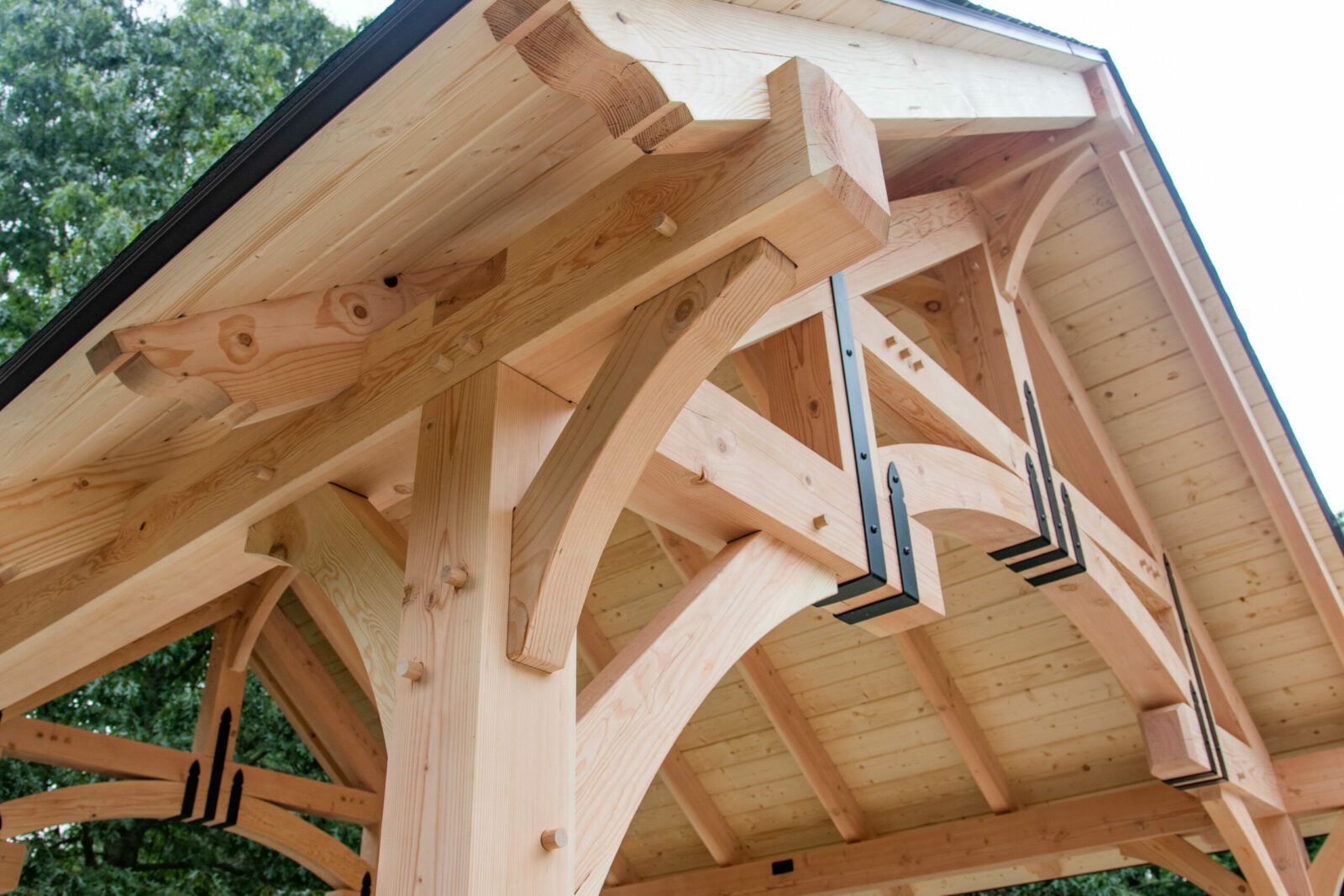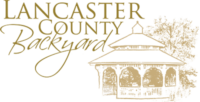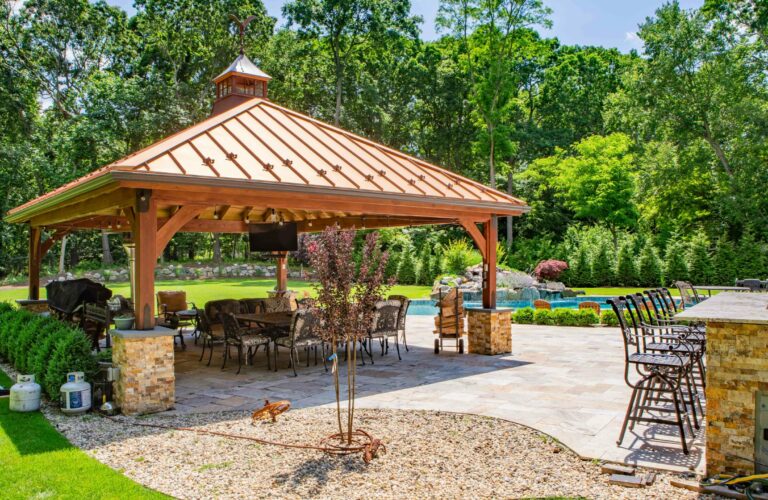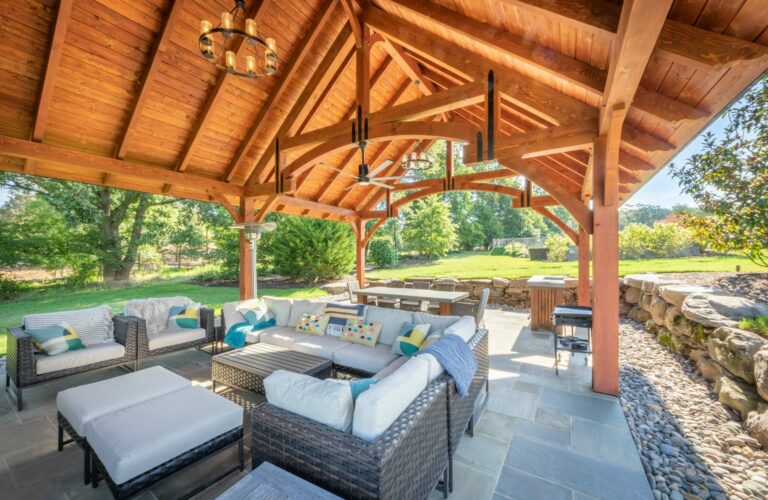Timber Framing:What It Is & What Its Not
Jordan Slabaugh - May 22, 2023
In the realm of construction, where innovation constantly pushes the boundaries of design and materials, timber frame construction stands as a time-honored technique that transcends time. It embodies the craftsmanship of the past while showcasing its relevance and superiority in the present. Timber framing intertwines the elegance of natural wood with structural integrity, creating a symbiotic relationship between aesthetics and functionality. By embracing the art of timber framing, we build structures that stand the test of time!
In this article, we’ll be clarifying what timber framing really is, and, maybe more importantly, what it’s not. So let’s dive into the exciting world of Timber Framing: What It Is and What Its Not.
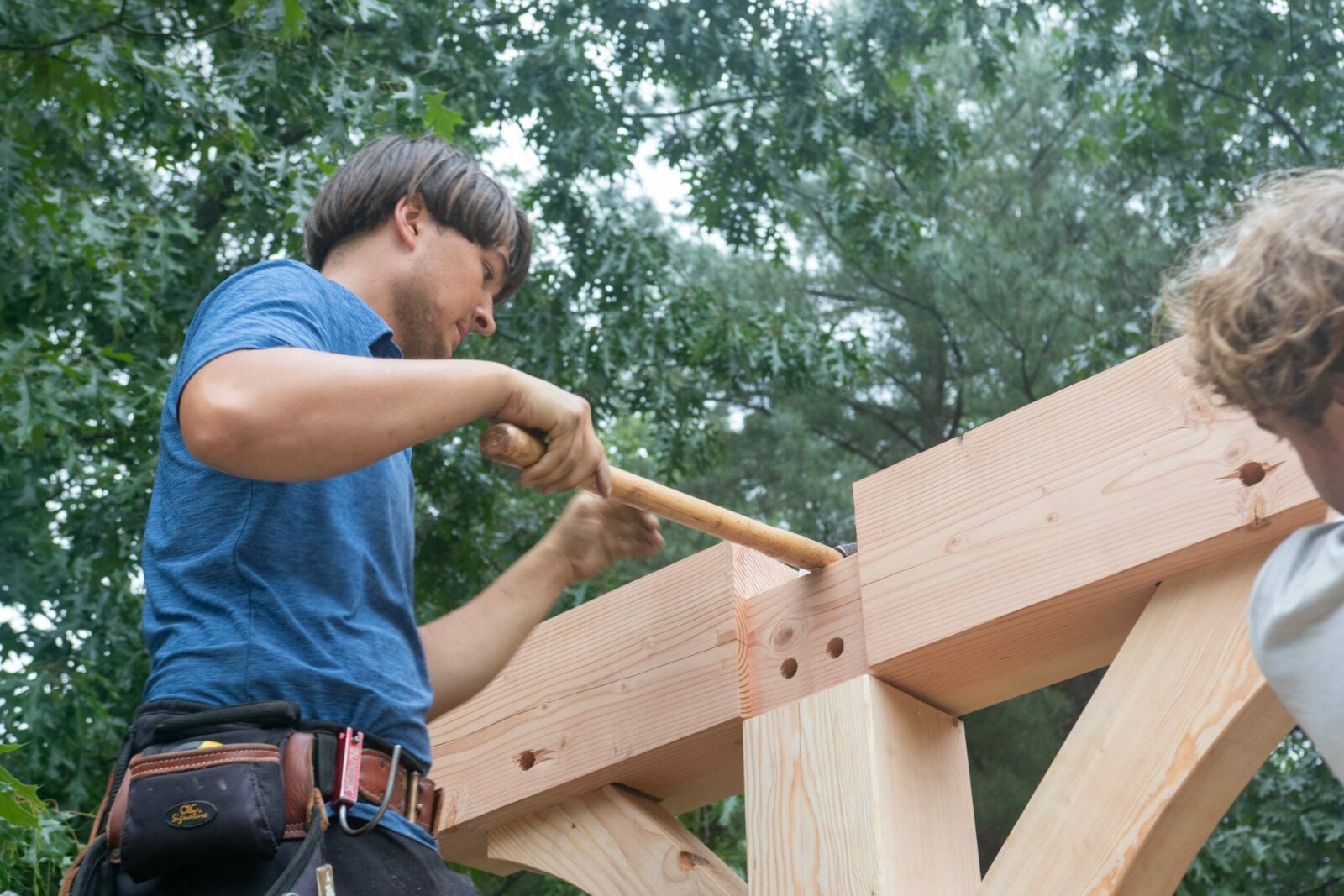
Timber Framing: What It Is!
Bank tellers are trained to detect counterfeit currency by extensively studying exactly what the real deal looks like, not by checking out a bunch of counterfeit bills. You might be wondering, “what that has to do with timber frame construction?” Well, we’re going to start our journey by looking at what Timber Frame construction really is so you can make an informed decision when investing in your next heavy timber structure.
For centuries, wood construction was always done using the timber framing method, until around 1900 when the demand for faster, cheaper housing brought about the advent of stick or regular framing. But today, the incredible art of Timber Frame is making a comeback with its rugged yet stunning appearance.
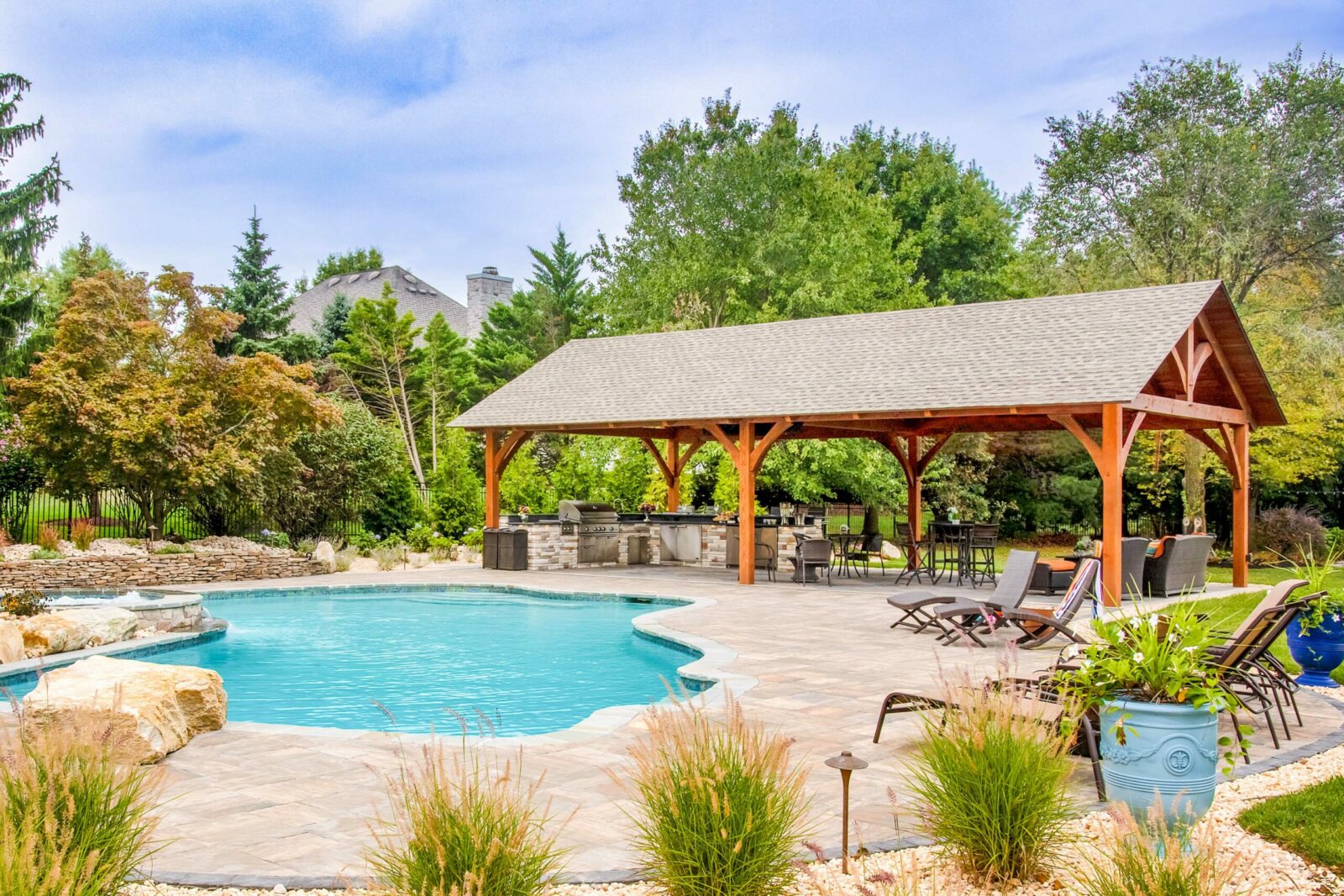
Timber Framing: What it’s Not!
A quick Google search for timber framing reveals a lot of structures that simply aren’t true timber frame. So to dispel the timber framing myth, let’s talk through some of the common misconceptions about timber framing.
Myth 1: Timber Framing Is the Same as Post and Beam Construction
Timber framing and post and beam are often talked about synonymously, but in reality, there is a huge difference. Post and beam construction utilizes metal fasteners to hold the large beams and framing together, while a timber frame structure is supported by mortise and tenon joints and wooden pegs. While post and beam has its place, it isn’t truly timber framing.
Myth 2: Timber Framing Isn’t Suitable for Harsh Weather Conditions
This is simply false. This centuries-old art of construction has proven to be exceptionally resilient even in the face of harsh weather conditions. From the icy depths of winter to the scorching heat of summer, timber frame has withstood the test of time in diverse climates around the world. Just take a look at some of the ancient buildings constructed with this method, like the Jokhang Monastery in Lhasa, Tibet, which was built over a thousand years ago and is still standing strong.
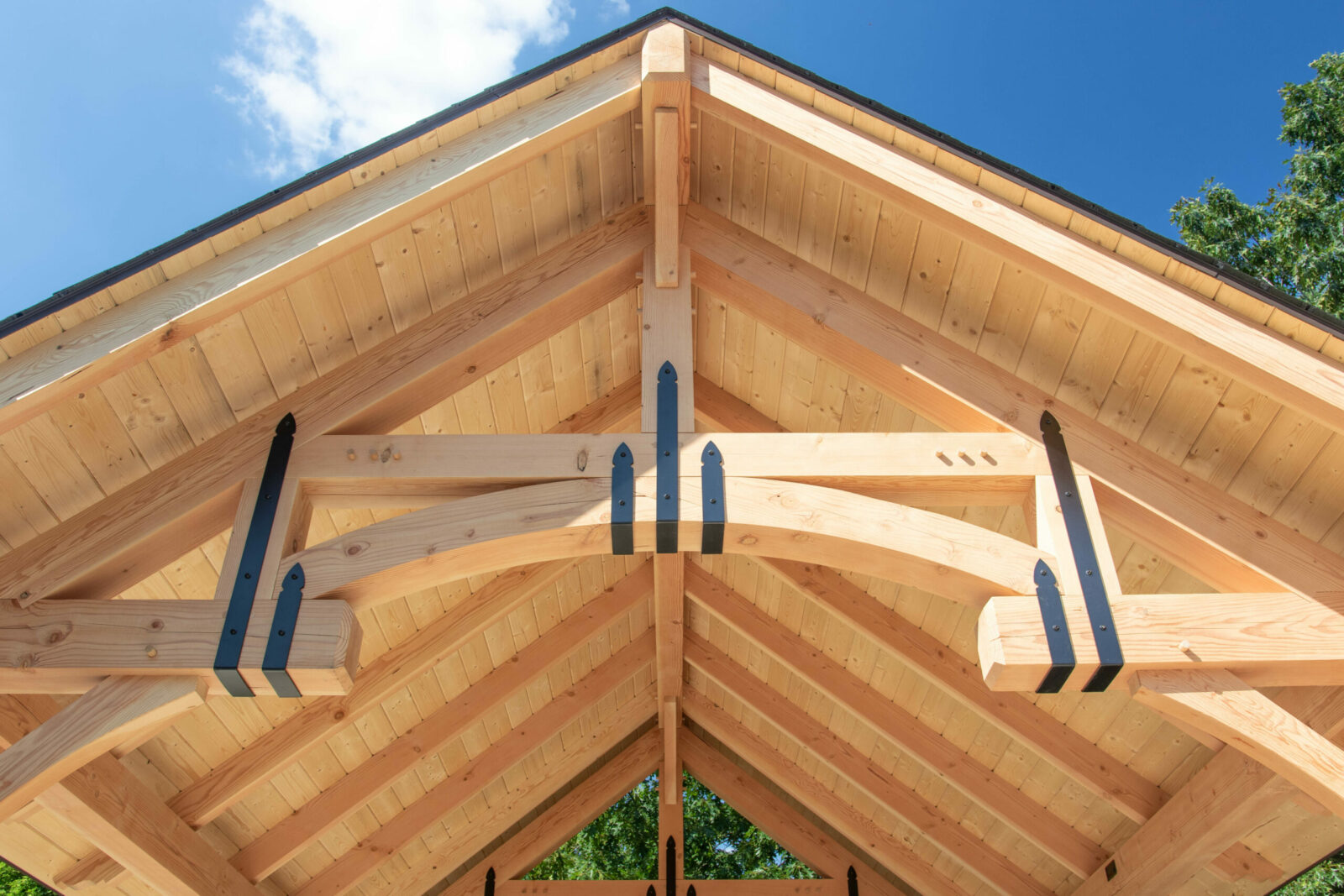
Timber Framing: Techniques and Tools
Timber framing techniques and tools have obviously morphed throughout the years. Starting with simple hand tools and hours of painstaking labor to the modern computerized routers of today. The magic of timber framing is in the joints. The most common joint used is the mortise and tenon joint. The way the joints interlock, plus the added strength from the wooden pegs, makes for an extremely solid joint. For a complete guide on the types of joints used in timber frame construction, check out the blog we write here.
While traditional techniques and hand tools are still valued in timber framing, modern equipment, and technology have vastly improved the precision of the joints and the speed at which timber framing can be built. The modern method involves designing the pavilion or other structure in a CAD program which is then sent to a highly specialized router machine that cuts each timber to the proper length, as well as creating all the necessary joints plus drilling the holes for the wooden pegs. After that, all that’s left to do then is to deliver the precut timbers and assemble them on-site, which ends up being more like a jigsaw puzzle than a construction project!

Timber Framing: FAQs
The Difference Between a Wood Frame and a Timber Frame
While both wood framing and timber framing involve the use of wood in construction, there are significant differences between the two. Wood framing typically uses lumber like 2×4 or 2×6 boards, which are nailed or screwed together. On the other hand, timber framing uses larger, heavier timbers joined with intricate joints like the mortise and tenon or similar joints. Timber Framing allows for large open floor plans without posts distracting from the space.
What Does a Timber Frame Consist Of?
A timber frame consists of several key elements. These include vertical posts, horizontal beams, braces for added stability, and roof trusses or rafters. Additionally, purlins, wall sheathing, and infill panels may be incorporated into the frame. Using this construction method allows for large open interior spaces with stunning aesthetics.

Does Timber Framing Last Longer?
Timber framing can last for generations when properly designed, constructed, and maintained. The longevity of a timber frame depends on several factors, such as timber quality, environmental conditions, and proper care. When the structure is properly protected against moisture, pests, and decay, timber framing has been known to last for centuries.
Are Timber Frames Strong?
Timber frames are known for their strength and structural integrity. Timber frames can withstand significant amounts of pressure and load due to the unique joinery techniques used. This not only creates an aesthetically pleasing structure but also allows for larger spans and impressive architectural features. Proper engineering is vital to ensure the strength of a timber frame structure.
Timber Frame Pavilions by Lancaster County Backyard
Kingston Timber Frame Pavilion
The Kingston Pavilion is our stunning timber frame pavilion, perfect for turning any outdoor space into a breathtaking oasis. Ranging in size from 12×12 to 40×80, this pavilion offers plenty of space for large gatherings, weddings, or other special events. The Kingston Pavilion is built using high-quality #1 Douglas-fir, ensuring your pavilion will last for years. Plus, the iconic kingpost timber frame truss design exudes strength and character.
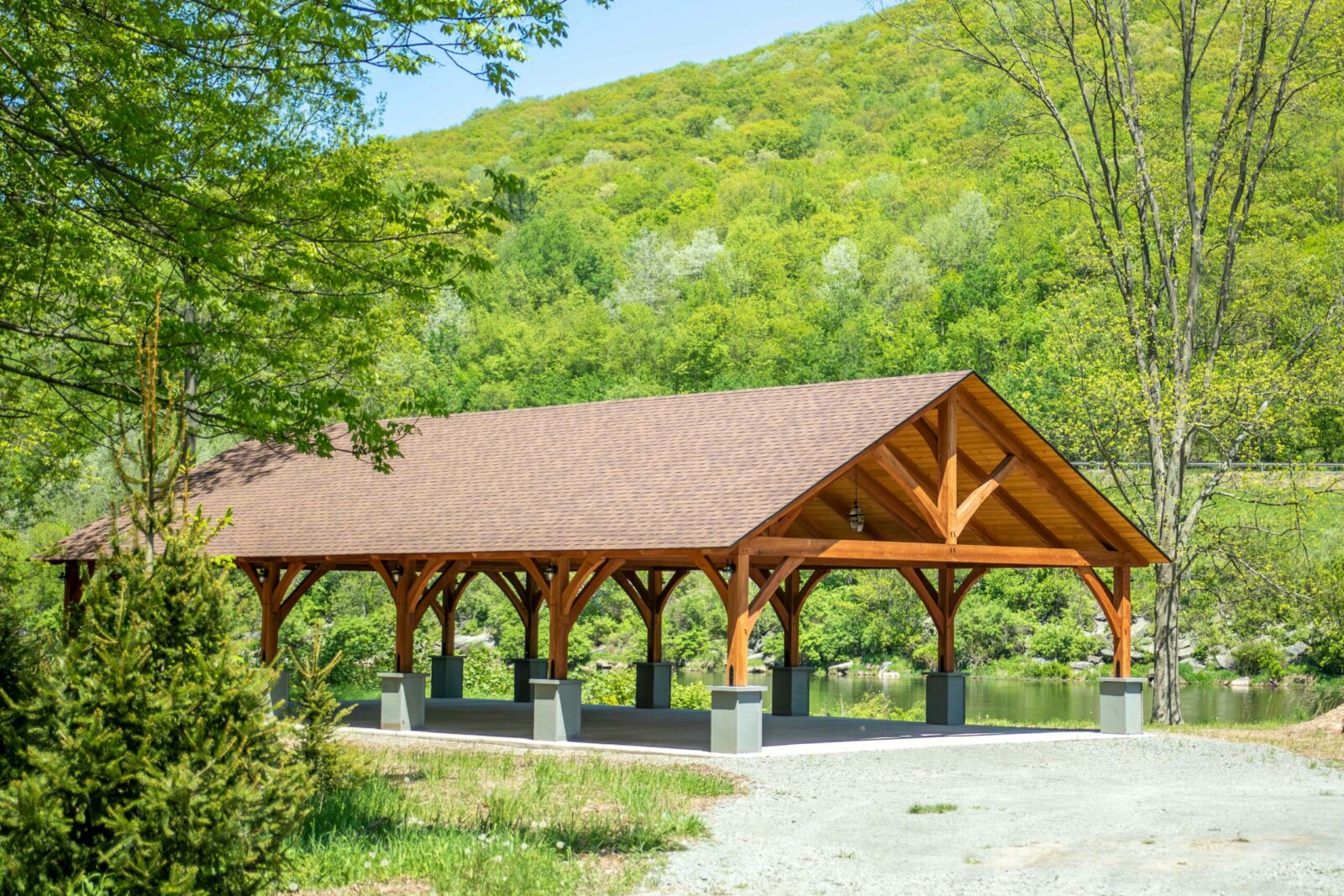
Denali Timber Frame Pavilion
The Denali Timber Frame Outdoor Pavilion is a true testament to the beauty of today’s modern design combined with age-old craftsmanship. With its stunning hammer-beam roof system, this pavilion is a magnificent addition to any outdoor setting. Whether you want to add a stunning outdoor kitchen or want some poolside shade, the Denali is an excellent addition to your property.
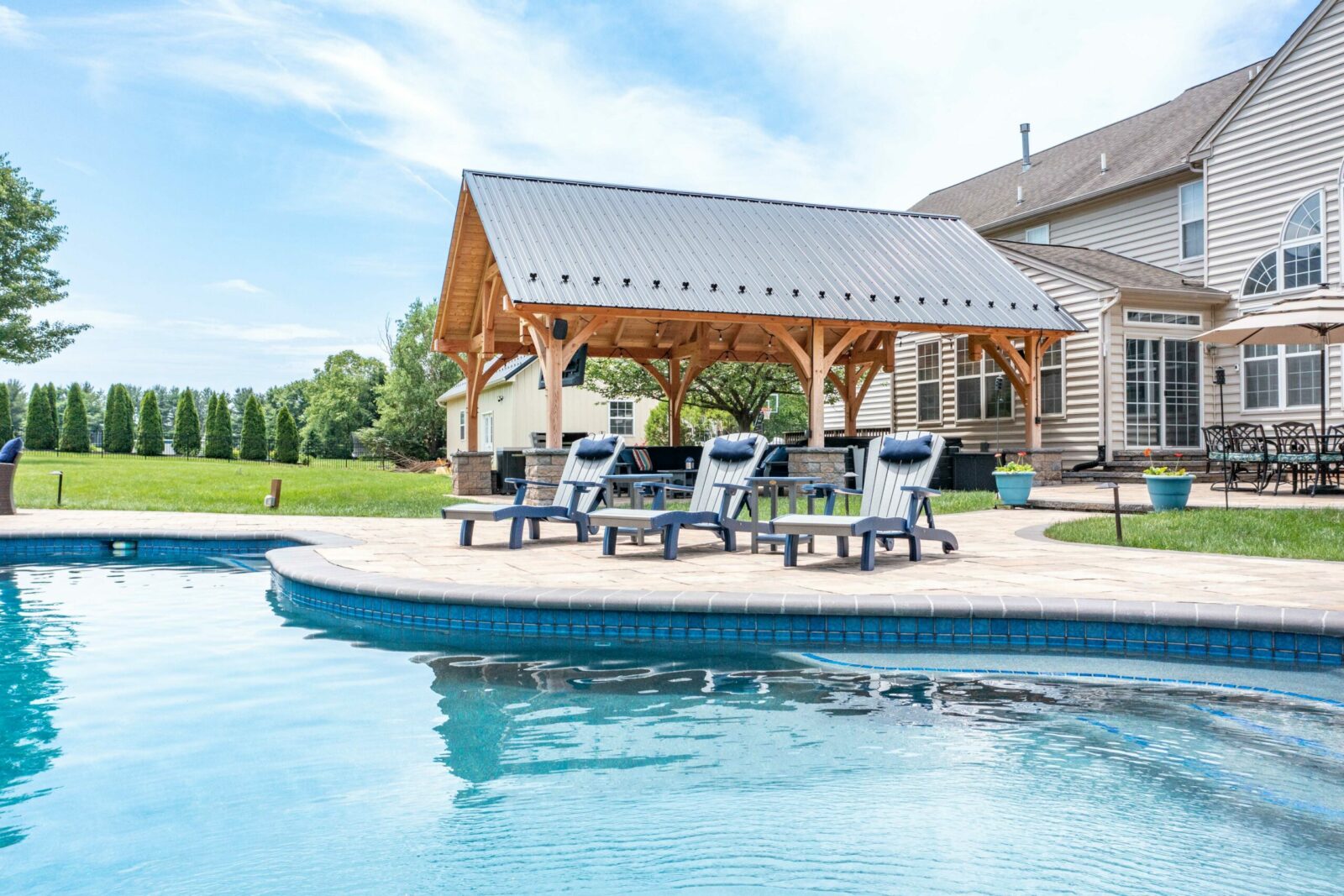
Grand Teton Timber Frame Pavilion
The Grand Teton Timber Frame pavilion is a remarkable combination of beauty and strength. The Grand Teton pavilion features an exquisitely crafted rounded cross-beam at the gable end of the structure. This unique truss design opens up the pavilion even more and creates a one-of-a-kind pavilion. This popular timber frame pavilion is guaranteed to be a crowd-pleaser!
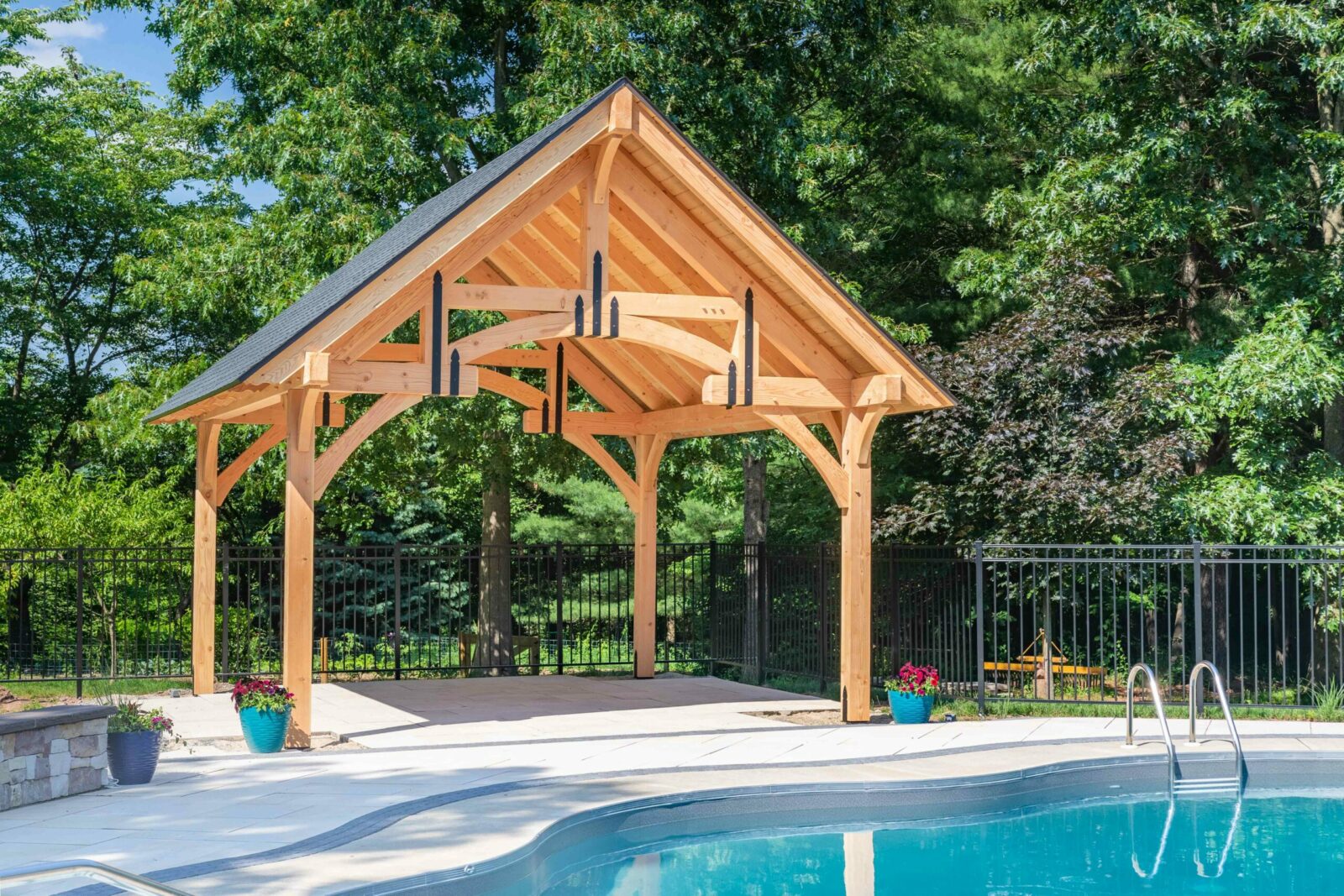
Timber Framing: In Conclusion
In summary, whether you choose the modern style of construction, or go with the age old Timber Frame, it is important to know the difference between them. Timber framing is a testament to the ingenuity and resilience of human craftsmanship. It is not merely a trend but a timeless tradition that offers unparalleled strength, beauty, and sustainability. Get your own true timber frame pavilion today!
Contact us for more information or to request a free quote!
